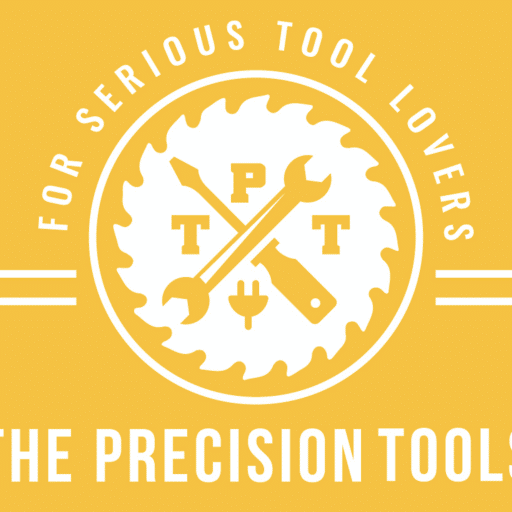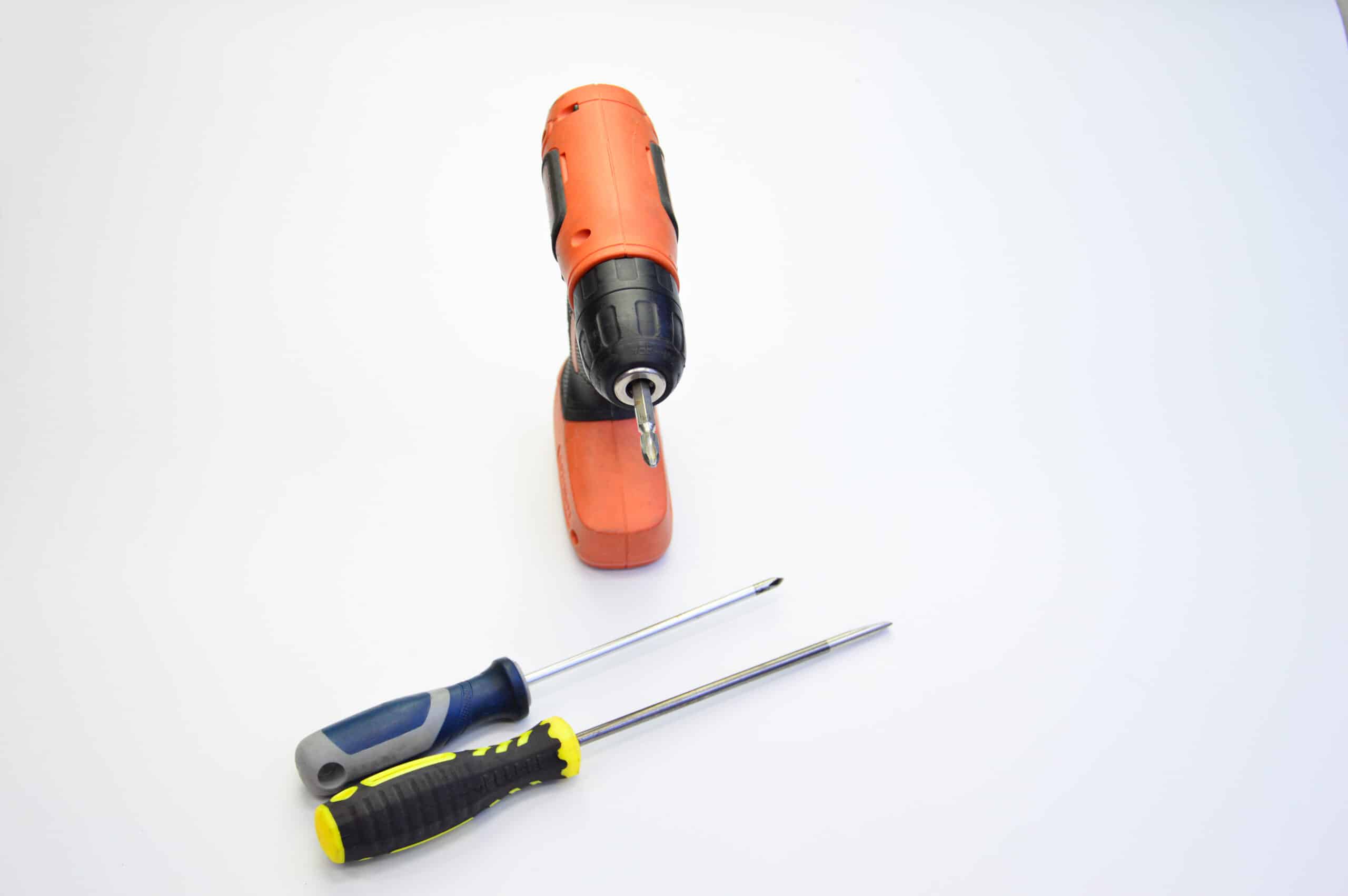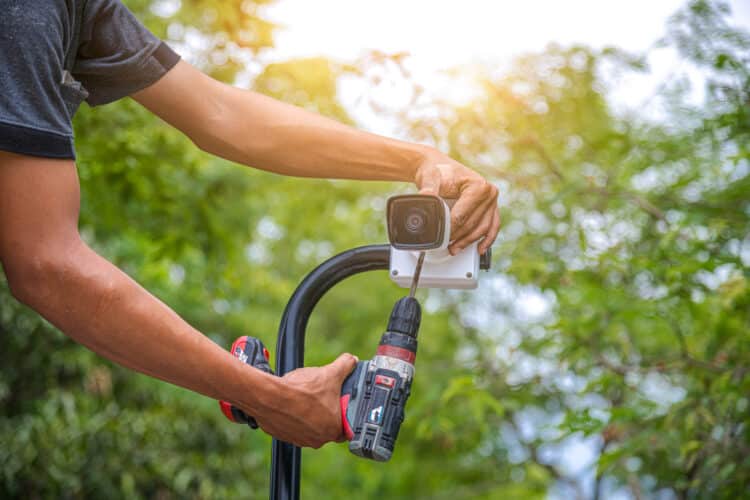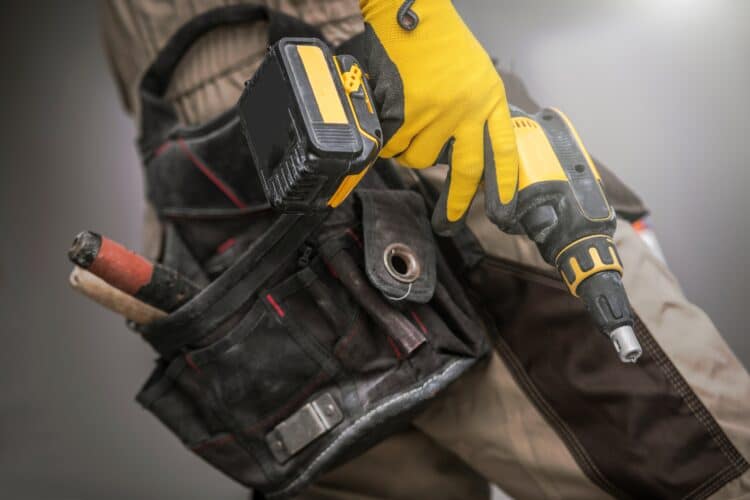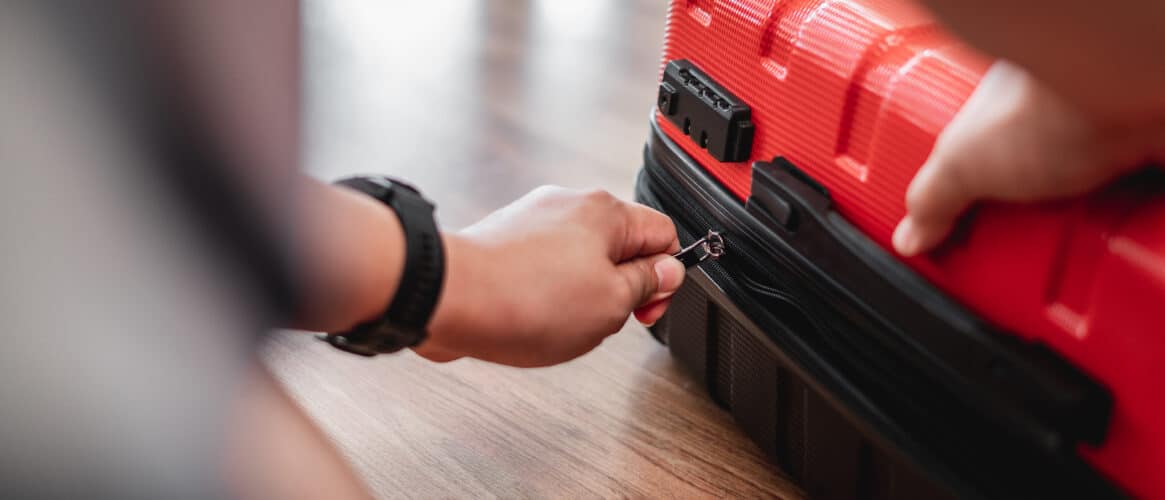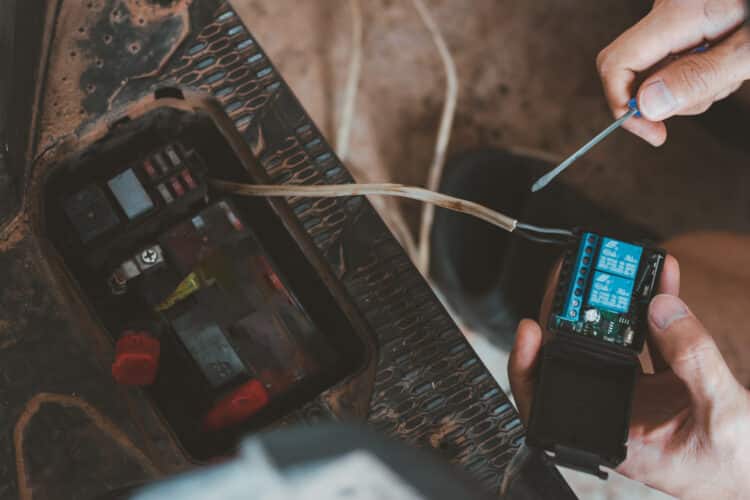How to Use a Screwdriver for Dummies
Key Takeaways
- The first step in using a screwdriver is to understand the different types and sizes available.
- It’s crucial to choose the right size screwdriver for the job at hand.
- The step-by-step process of using a screwdriver involves preparing the screw and screwdriver, aligning the screw and pilot hole (if needed), and driving the screw into place.
Using a screwdriver may seem like a simple task, but it’s important to know the correct techniques to ensure successful and safe screwdriving. Whether you’re a beginner or just looking for a refresher, this article will guide you through the steps of using a screwdriver effectively. So, let’s dive in!
Understanding Screwdriver Types and Sizes
The first step in using a screwdriver is to understand the different types and sizes available. The most common types of screwdriver tips are flat-head and Phillips-head. Flat-head screwdrivers have a single slot that matches with the corresponding screw head, while Phillips-head screwdrivers have a cross-shaped tip.
To determine which screwdriver to use, examine the screw head. If it has a single slot, use a flat-head screwdriver. If it has a cross-shaped recess, use a Phillips-head screwdriver. It’s essential to match the screwdriver tip to the fastener’s head to avoid damaging the screw or injuring yourself.
Additionally, screwdrivers come in different sizes, ranging from small to large. The size of the screwdriver should correspond to the size of the screw. Using a screwdriver that is too small or too large can lead to slippage and stripped screw heads. It’s crucial to choose the right size screwdriver for the job at hand.
The Step-by-Step Process
Now that you understand the basics, let’s go through the step-by-step process of using a screwdriver:
Step 1: Prepare the Screw and Screwdriver
Before you start screwdriving, ensure that the screw head and screwdriver tip match. Check if it’s a flat-head or Phillips-head screw and choose the appropriate screwdriver accordingly. Make sure the screwdriver tip fits snugly into the screw head to avoid slippage.
Step 2: Align the Screw and Pilot Hole (If Needed)
If you’re driving screws into wood, it’s often beneficial to create a pilot hole first. A pilot hole is a small hole that helps guide the screw and prevents the wood from splitting. For small screws in softwood, use a punch hole tool or an awl to create the pilot hole. For larger screws and all screws in hardwood, use a drill with an appropriate bit size.
Once the pilot hole is ready, align the screw with the hole and place the tip of the screwdriver into the top of the screw. Hold the screw and driver shaft with one hand and use your other hand to get the screw and driver straight with the pilot hole. Slowly rotate the screw and driver clockwise, applying little downward pressure to keep the screw straight.
Step 3: Drive the Screw
With the screw aligned and the screwdriver in position, it’s time to drive the screw into place. Rotate the screwdriver clockwise while applying enough downward force to keep the driver tip in the screw slot. Keep driving until the screw is fully secured in the wood.
Tips and Tricks for Successful Screwdriving
Now that you know the basic steps, here are some additional tips and tricks to help you become a pro at using a screwdriver:
- Rub beeswax or soap on screw threads to make screws easier to drive, especially in hardwood.
- If you encounter stubborn screws, use an adjustable wrench for added leverage.
- In tough-to-reach places, use a screw holder to hold the screw in place as you start driving it.
- For more driving power, use a screwdriver with a shorter shank and exert downward pressure on the top of the screwdriver with your free hand.
Maintaining Your Screwdriver
To ensure your screwdriver stays in good working condition, follow these maintenance tips:
- Use screwdrivers only for driving screws and avoid using them for other purposes.
- Keep the tip of the screwdriver square and avoid using it if it becomes rounded or chipped.
- Store your screwdrivers in a cool, dry place to prevent rusting.
- Periodically rub the shank of your screwdrivers with oil and steel wool to maintain their quality.
Conclusion
Using a screwdriver may seem like a simple task, but mastering the correct techniques is essential for successful and safe screwdriving. By understanding the different types and sizes of screwdrivers, aligning the screw and pilot hole properly (if needed), and driving the screw with the appropriate force, you’ll be able to tackle any screwdriving job with confidence.
Related Websites:
FAQs:
Q: Why is it important to learn basic screwdriver usage?
Learning basic screwdriver usage is important because it allows you to efficiently and effectively complete various tasks that involve screws. Whether it’s assembling furniture, fixing appliances, or doing DIY projects, having this skill will save you time and money.
Q: What are the different types of screwdriver tips and when should I use them?
There are several types of screwdriver tips, including slotted, Phillips, and Torx. Slotted tips are used for standard flathead screws, Phillips tips are for crosshead screws, and Torx tips are for screws with star-shaped heads. It’s important to match the screwdriver tip with the screw head shape to ensure a proper fit and avoid damaging the screw.
Q: How do I select the right screwdriver for the job?
Using the correct screwdriver for different types of screws is essential. To select the right screwdriver, consider the screw head shape and choose a screwdriver tip that matches it. Using the wrong screwdriver can result in stripped screws or difficulty in tightening or loosening them.
Q: What is the correct hand positioning and grip for using a screwdriver?
When using a screwdriver, hold the handle firmly with one hand while placing the other hand on top of the screwdriver shaft for stability. Ensure a comfortable grip and avoid excessive force. This will provide better control and reduce the risk of slipping or damaging the screw.
Q: How do I loosen and tighten screws properly?
To loosen a screw, turn the screwdriver left or counterclockwise while applying steady pressure. When tightening a screw, turn the screwdriver right or clockwise. It’s important to apply sufficient force but avoid overtightening, as it can damage the screw or the material being screwed into.
